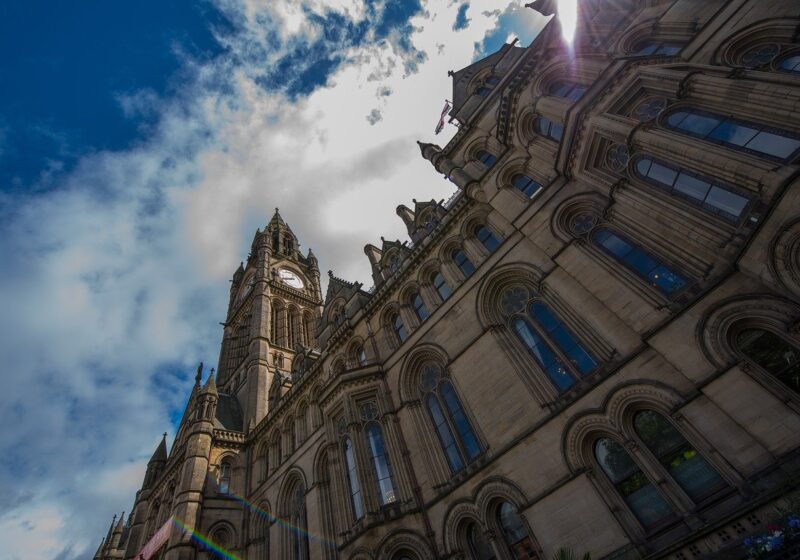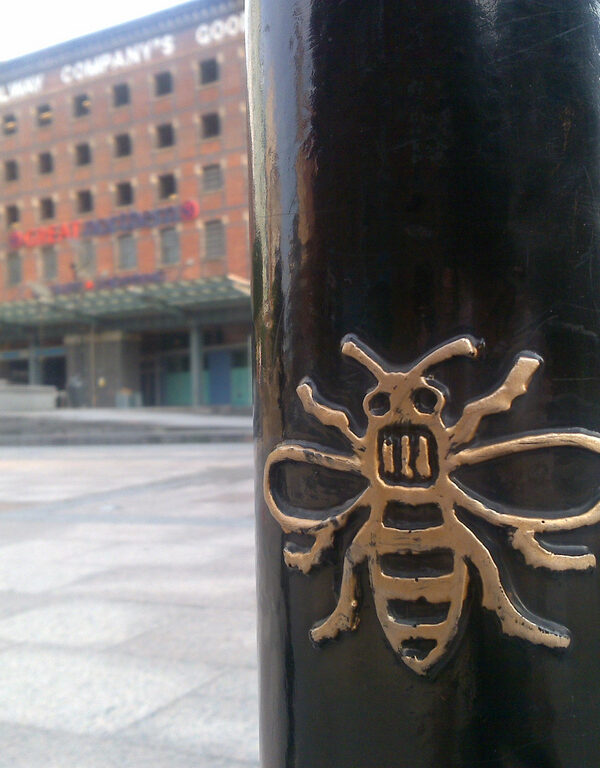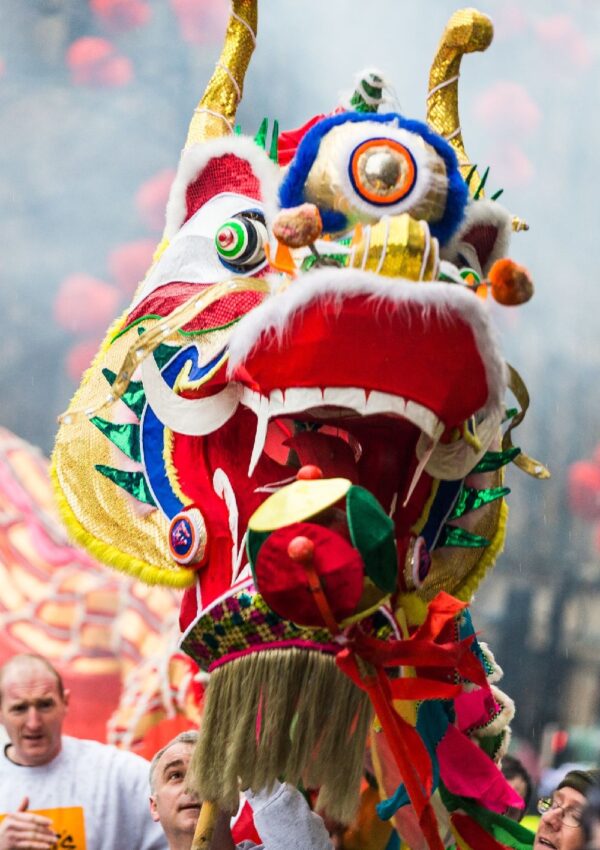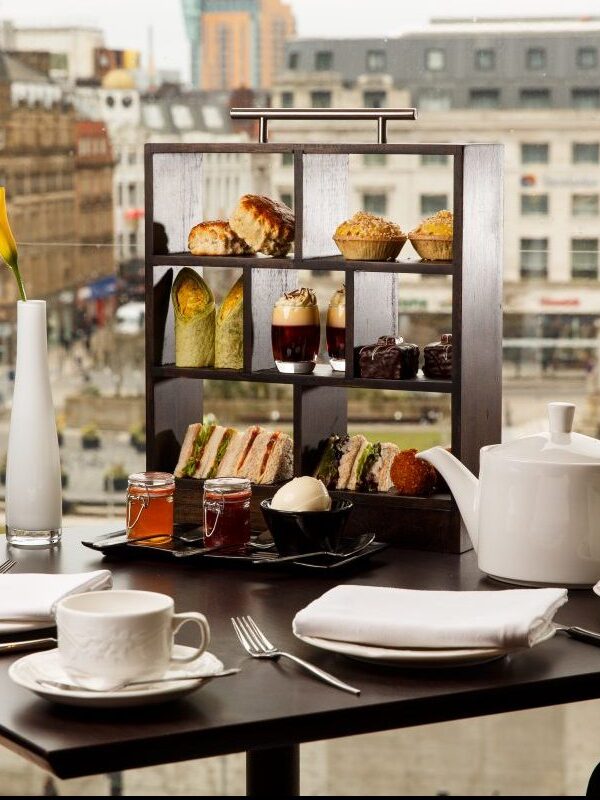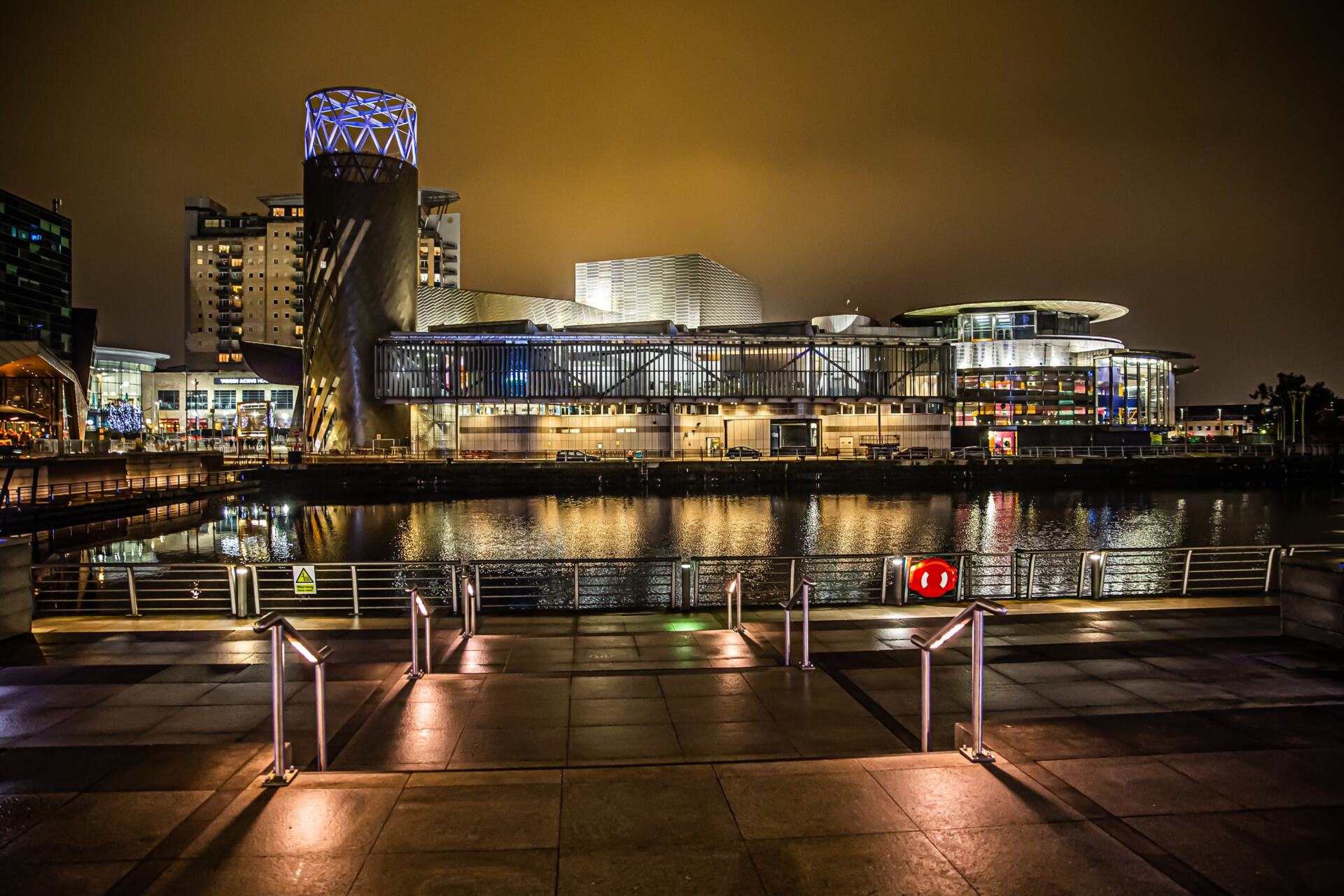For any Mancunian the image of the bee holds a special significance. For most, it’s part of our identity, bringing us together as one city that is proud of where we are from. The bee can be found adorning our buildings, accessorising our cars and even as a permanent reminder in the form of a tattoo.
The worker bee has long been recognised as a symbol of Manchester. Over our city’s interesting and illustrious past, the bee has consistently represented the spirit of Mancunian people. From the industrial boom to signs of solidarity after tragedy, we take a look at what the bee means to Manchester and how it has helped form a community throughout history.
The Worker Bee
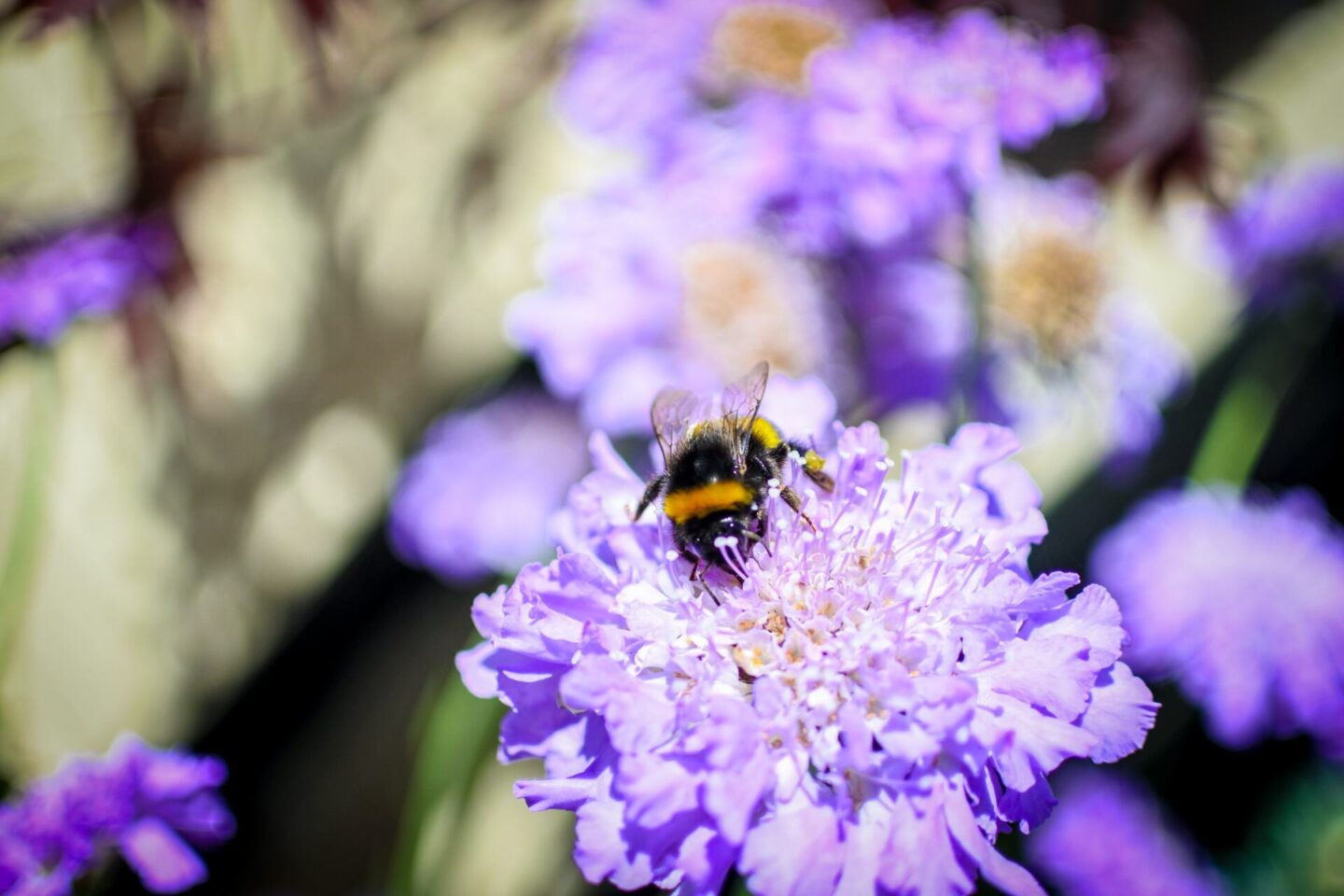
The worker bee became a renowned symbol of Manchester during the industrial revolution, with the city’s many factories being described as “hives of activity” by their workers. This was a transformative time, globally speaking, and Manchester was at the forefront. Such change has left a lasting legacy and identity which many Mancunians relate to through our buzzy friends.
By the time Manchester received city status in 1842, the bee became part of the coat of arms. This was the beginning of the bee as a symbol of Cottonopolis.
Walking around Manchester today and you will easily spot the bee adorning buildings, tiled floors and street furniture such as bollards.
Manchester City Council states onsite: “The Manchester worker bee is one of the best-known symbols of Manchester and has been an emblem for the city for over 150 years. The bee denotes Mancunians’ hard work ethic and the city being a hive of activity. It has also come to represent the sense of unity in our great city. We hold registered trade marks for various iterations of the bee”.
This means the design you see around Manchester remains unique to our city and can’t be used for commercial intents and purposes unless approved.
Symbol of Community
After the unforgettable tragedy of the Manchester terror attack in May 2017, Mancunians in their hundreds sought their local tattooists out to get the worker bee etched on them as a permanent reminder of how our community stands together. Profits from these tattoos were donated to the We Love Manchester charity, which went to support the victims and families affected most by the event.
Whilst the awful memory of May 2017 is one that will stay with Mancunians always, the aftermath of bee tattoos will remind of us a community healing, teaching us that love triumphs over hate.
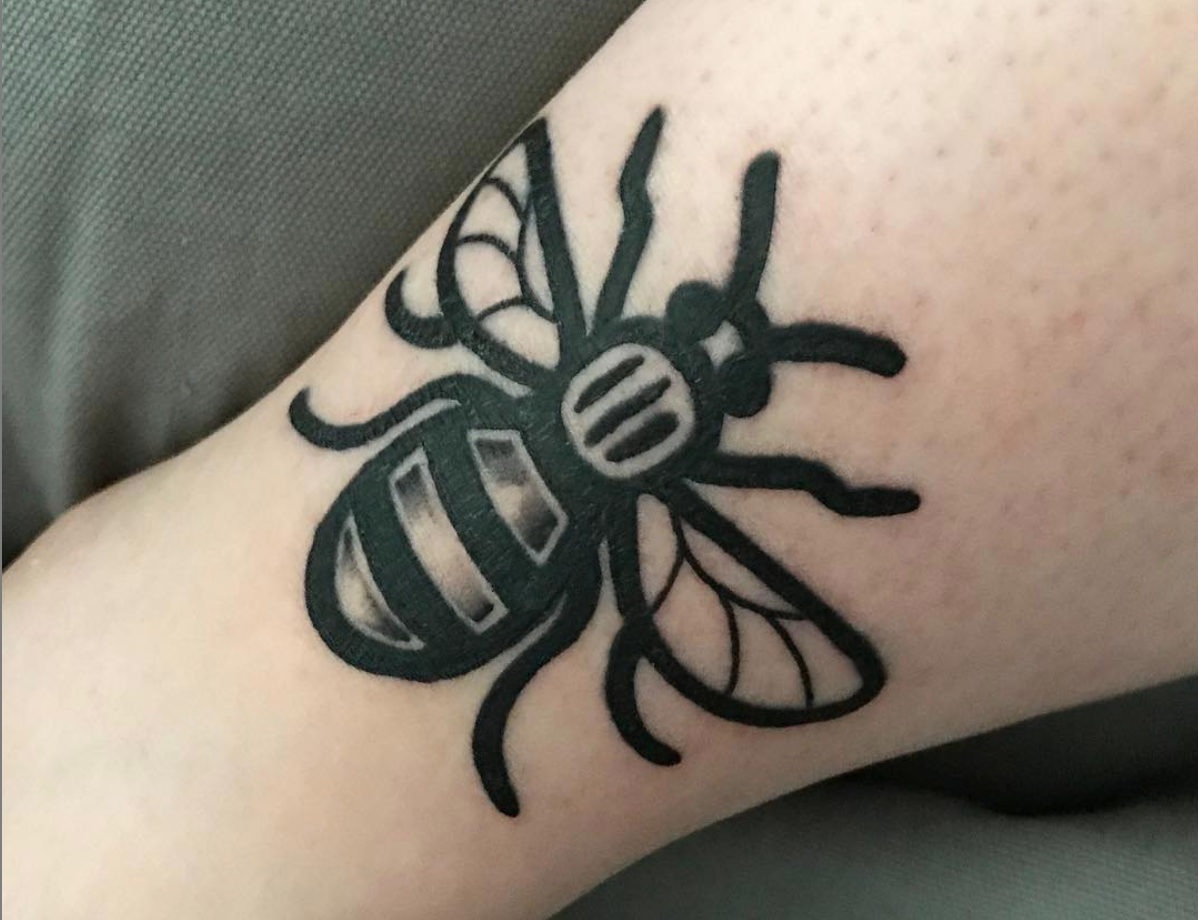
The bee tattoo appeal garnered mass coverage and attention across the globe and saw over £520,000 being raised for the We Love Manchester charity.
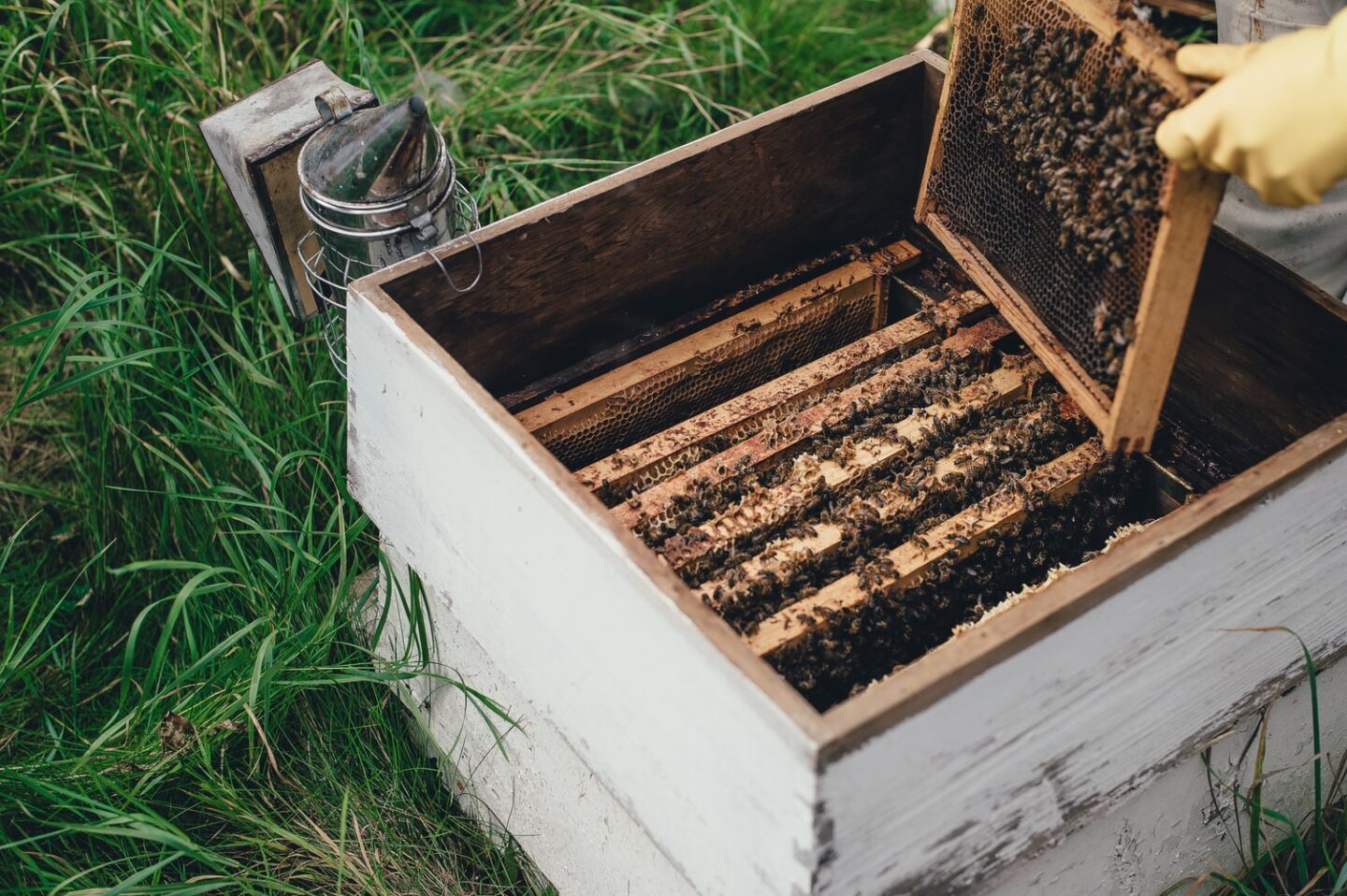
Local Hives
More recently bees have been more literally represented in Manchester, with many establishments housing the insects on roofs and in gardens in the city centre. Manchester Cathedral, the PrintWorks and Manchester Art Gallery all have active hives on their roofs. The Lowry restaurant also notes a partnership with a local bee centre to source sustainable honey that is featured in their delicious menu dishes to further encompass the spirit of Manchester.
To find out all about beekeeping and even discover how to get into the activity visit the Manchester & District Beekeepers’ Association (MDBKA). Located in Heaton Park, Prestwich, the association has live bee hives you can visit on Sundays (great as part of a day out visiting the park itself).
With so many links of bees to Manchester through the past and present, the insect undoubtedly means so much to kindred Mancunians. A symbol of hope and unity, the bee should be embraced and celebrated across our great city.
Read more about Manchester life onsite.

